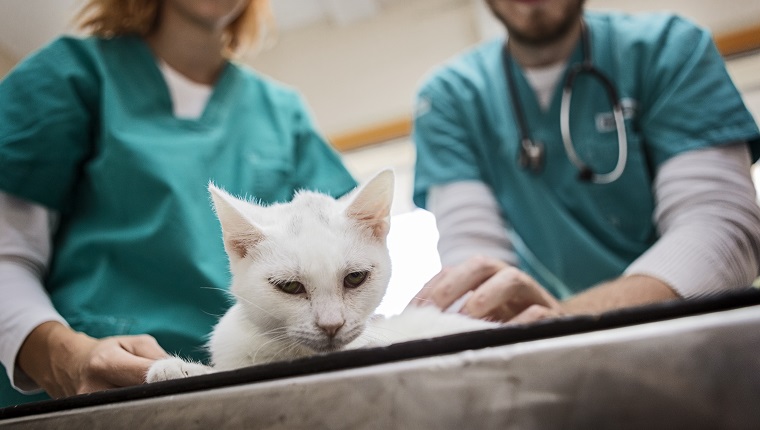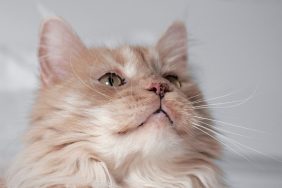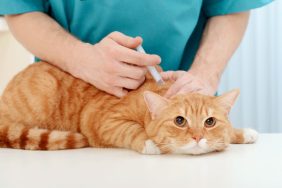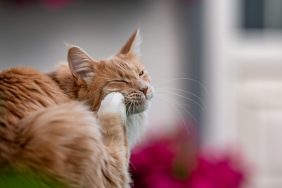Bile duct obstruction in cats, also known as cholestasis, is a medical condition that develops when the bile in a cat’s body cannot move effectively from the liver to the small intestine. This is a process that is vital for the proper digestion of food.
The condition often results from a number of underlying conditions that affect the liver and the pancreas. It seems to affect both male and female cats at the same rate.
If you see signs that your cat might be suffering from an obstruction, then you must consult your veterinarian for a proper diagnosis and course of treatment. Here’s what you should know about the symptoms, causes, and treatments of bile duct obstruction in cats.
Symptoms Of Bile Duct Obstruction In Cats
Bile duct obstruction in cats results in different symptoms depending on the underlying cause of the condition. Some of the most common general symptoms include:
- Acting lethargic and fatigued
- Loss of appetite
- Vomiting
- Losing weight
- Diarrhea
- Stools that are pale in color
- Developing jaundice
- Eating much more than usual
Causes Of Bile Duct Obstruction In Cats
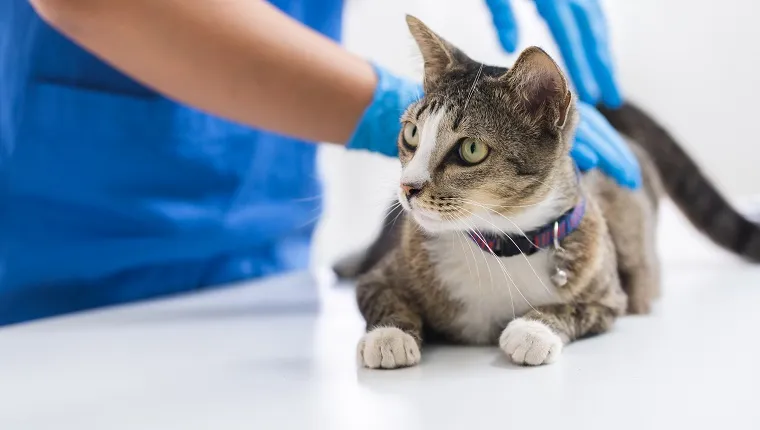
Bile duct obstruction in cats is caused by a number of underlying conditions. Some of the most frequent causes include:
- Pancreatitis
- Inflamed liver
- Gallstones
- Surgery on the abdomen
- Being infected by parasites
- Trauma
Veterinary Treatments
If you suspect that your cat might be suffering from bile duct obstruction, your veterinarian will carry out a full physical examination. This process will include asking questions about any recent lifestyle changes or incidents that might have helped to prompt the obstruction.
The vet will order blood and urine tests, along with an analysis of the levels of enzymes in the liver. In some cases, vets will recommend X-rays and ultrasounds as ways to confirm a diagnosis.
Your vet will recommend a course of treatment designed to alleviate the underlying cause of the condition. In many cases, vets use fluid therapy, especially if your cat is dehydrated.
A course of antibiotics is also often part of the treatment. As ever, if your vet prescribes any medicine for your kitty, it’s important that you stick to the dosage and frequency instructions and complete the entire course of medication.
While recovering at home, there’s a good chance your feline will need to switch their diet a little. If your vet recommends this course of action, make sure that you follow the feeding guidelines they advise. Also, be sure to keep up regular appointments with your vet to monitor your cat’s recovery.
Has your cat ever developed a bile duct obstruction? What steps did your vet recommended to help your feline recover? Tell us all about it in the comments below.
